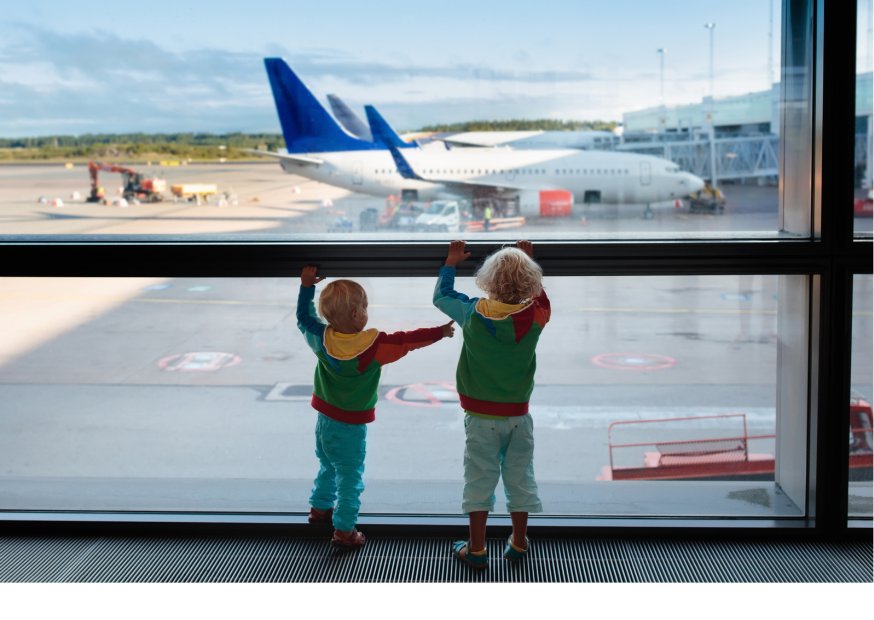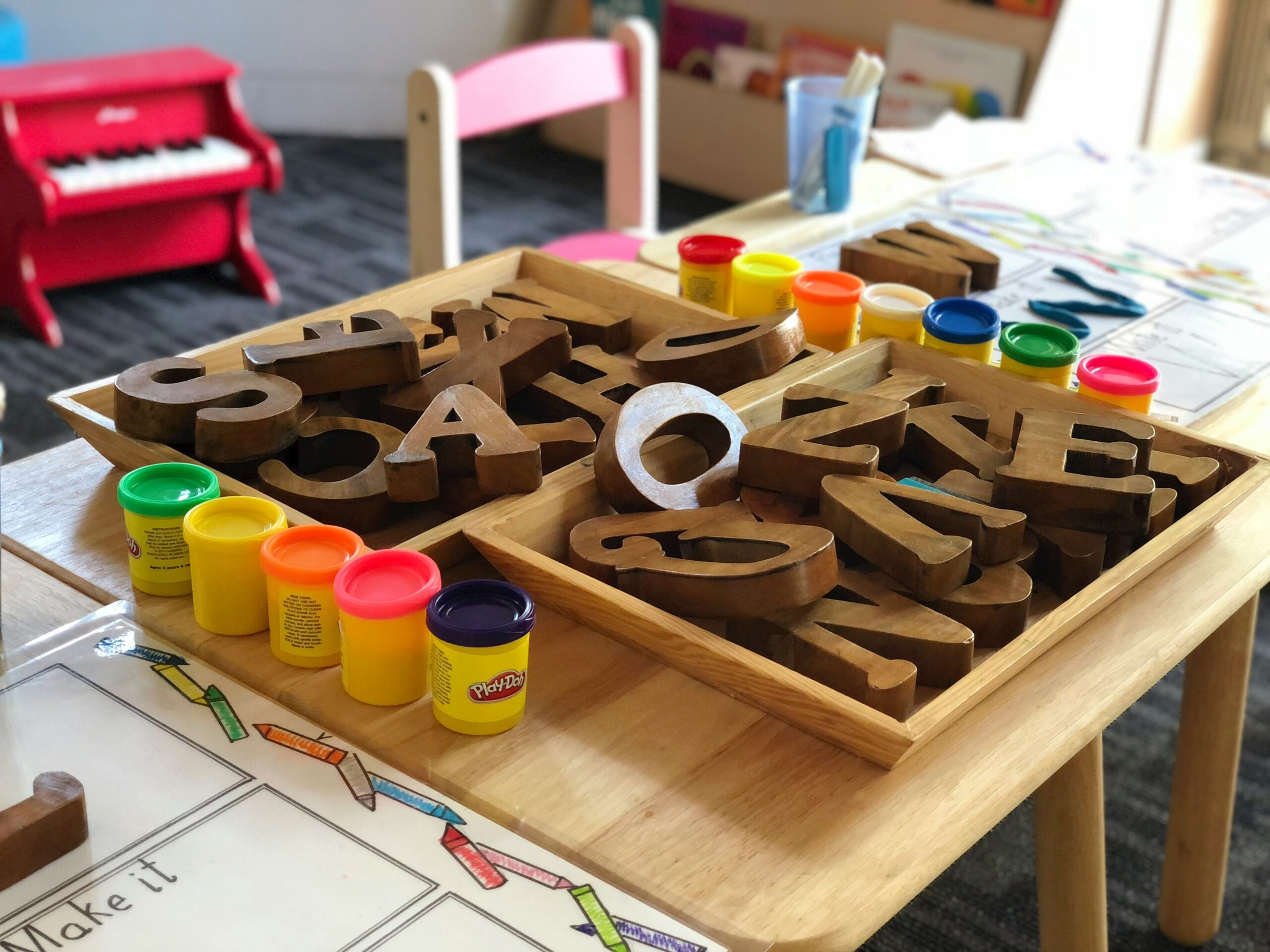
Are you looking for help with your Digital Nomad Visa application? Reach out to specialists at [email protected].
Costa Rica’s Digital Nomad Visa has made one of the best countries to live in accessible to professionals that can earn a living remotely.
The process is easier to navigate than other temporary visa options in Costa Rica like the Rentista and Pensionado, and more straightforward than other countries’ Digital Nomad Visa offerings. However, it can still be challenging to navigate, especially if you don’t speak Spanish, are not familiar with how Costa Rican bureaucracy works, or are not currently in Costa Rica.
What you Need to Know About Costa Rica’s Digital Nomad Visa
Before we get into the application process, let’s take a look at a few key things about the Digital Nomad Visa.
Who Qualifies for Costa Rica’s Digital Nomad Visa?
Qualifying for Costa Rica’s Digital Nomad Visa is fairly simple – if you’re applying on your own, you need to demonstrate that you’ve made at least $3000 per month over the 12 months prior to submitting your application. If your application will cover dependents as well, that figure increases to $4000 per month.
Every applicant will also need a health insurance policy that covers up to $50,000.
What is the Application Process for Costa Rica’s Digital Nomad Visa?
The Digital Nomad Visa process consists of four steps:
Step 1 – Creation of a TramiteYa account
Step 2 – Submission of the “FIliation Procedure”
Step 3 – Submission of your complete application
Step 4 – In-person appointment
Steps 1-3 typically take between 4-10 weeks, although the timeline can vary dramatically. Once your Step 3 is approved, you have 90 days to complete your in-person appointment. After that is done, it typically takes about 2 weeks to receive your DIMEX card.
Costa Rica’s Digital Nomad visa is valid for one year, and can be renewed for an additional year.
What Fees are Associated with Costa Rica’s Digital Nomad Visa?
There are several fees you will have to pay when applying for the Digital Nomad Visa.
- Before submitting your Step 3, you will need to demonstrate that you have paid your $100 government application fee
- If you submit your Step 3 digitally, you will need to pay a Digital Submission Fee of around $11-13
- Before completing your in-person Step 4 appointment, you’ll make two separate deposits. One is $100, the other is variable but is generally around $128.
The Six Most Common Challenges When Applying for Costa Rica’s Digital Nomad Visa
1. The Process is in Spanish
Significant portions of Costa Rica’s Digital Nomad Visa process requires some Spanish capabilities. The digital component of the application process can largely be done in English, although some aspects, like the Step 3 Application Form, are only in Spanish. Any notifications or updates from TramiteYa will be entirely in Spanish. Google Translate works fairly well, however it can be difficult to parse out the exact reason why your Step 2 was flagged, and what you need to do to correct it.
When scheduling your in-person Step 4 appointment you are required to call a government hotline and speak with an agent. In many cases these agents do not speak fluent English. In order to actually schedule the appointment, conversational Spanish is extremely helpful.
If you don’t speak any Spanish, we would recommend that you seek help with the application process.
2. Variability of Enforcement
One thing that surprises many people not familiar with Costa Rica is how different a successful application process can look for different applicants. We have seen clients get their Step 3 approved within three weeks of completing their Step 1. We’ve also seen clients’ Step 2s not be reviewed by Immigration for two months. We’ve heard of some applicants that have had their applications held up for things that other applicants with similar applications haven’t had any issues with.
Overall, the Costa Rica Digital Nomad Visa application process runs fairly smoothly, and is much easier to obtain than other residency types. However, you should approach the process with patience, and be as thorough as possible when putting together your application package so that you don’t give the reviewer any reason to hold up your application.
3. Parents Surnames
When you submit your Step 2, you are asked to write in your parents’ full names, including two surnames. While it is typical in Latin countries to have more than one surname, in the US and Canada it is less common.
Regardless, if you leave the Second Surname field for either of your parents blank, your Step 2 application will be rejected.
4. Step 3 Fee Payments
Before you can submit your Step 3, you must pay an application fee of $100, and submit proof of payment when submitting your application. Because the Digital Nomad Visa application can be submitted online, you would assume that related fees could be paid digitally.
Unfortunately, at least as of May 2023, the TramiteYa portal does not accept digital payments of the application fees required before Step 3. As it stands, those payments must be made in-person at a BancoCR branch in Costa Rica.
For applicants who are not currently in Costa Rica, this means that you need to find someone in Costa Rica to make the payment for you.
5. Documentation
One of the major benefits of Costa Rica’s Digital Nomad Visa is that it is easier to acquire than other temporary visa types, and easier than the Digital Nomad Visas of many other countries.
In practice, however, if you are applying on behalf of any dependents, like underage children or a spouse, the documentation requirements can be tedious and expensive. When applying for dependents, you will need to procure official documentation, issued no earlier than six months prior to your application submission, and those documents will need to be apostilled.
For instance, if you will be submitting an application for a dependent spouse, you will need to procure an official marriage certificate, issued within six months of your application, and get it apostilled.
6. Sequencing
Sequencing of a Digital Nomad Visa application, specifically when applying for dependents, can be the most challenging part of the application process. Here are a few of the things to look out for:
After a Step 2 has been approved, you have five business days to submit a Step 3
Before a dependent’s Step 3 can be submitted, you need the Número de Expediente number from the Main Applicant’s Step 3 application. This means that the Main Applicant’s Step 3 must be under review before a dependent’s Step 3 can be submitted
Once a Step 3 is approved, the Step 4 in-person appointment must be completed within 90 days
The time it takes Immigration to put a Step 3 under review is highly variable. We have seen it take three days, and we have seen it take two months.
Depending on where in Costa Rica you schedule your Step 4, appointments may not be available for 4-6 weeks.
Many applicants expect to submit their family’s applications at the same time, and thereby be able to complete the process, and specifically the in-person Step 4 appointments, at the same time. In practice, you should sequence the submission of applications so that the Main Applicant’s Step 3 is under review before the Dependent’s Step 2 is approved.
StartAbroad is Here to Help
Navigating the application process for Costa Rica’s Digital Nomad Visa can present challenges, so it’s important to be well-prepared. Here are four crucial considerations to keep in mind:
Spanish Proficiency is Key: Much of the application process is conducted in Spanish, from document translations, to scheduling Step 4 appointments, to addressing any issues that Immigration may flag with your application. If you’re not proficient in Spanish, it’s advisable to seek assistance during the application process.
Multiple Fees: Applicants should budget for various fees throughout the process, including application fees at two stages and a government deposit before completing Step 4. Additionally, there are smaller fees required before submitting Step 3 and obtaining the Dimex identity card.
In-Country Requirements: Despite being a digital process, certain elements of the Digital Nomad Visa process must be completed in Costa Rica. For example, the payment for Step 3 application needs to be made in person at a BancoCR branch in Costa Rica.
Strict Timelines: Timelines are relatively tight in this process. Step 3 must be submitted within five days of Step 2 approval, and Step 4 must be completed within 90 days of Step 3 approval. It’s crucial to be aware of these timelines to avoid having to restart the application process.
Understanding these considerations will help streamline your application for Costa Rica’s Digital Nomad Visa and ensure a smoother experience.
How to Move Abroad

Is Retiring to Costa Rica Right for You?? Hear from Someone Who Did, but Then Went Back to the US
15:33
Is Six Months a Year in Costa Rica Right for You?? This Family is Loving the Pura Vida Lifestyle
14:25Please consider subscribing to our YouTube channel. Click HERE to navigate to ourYouTube page and hit “Subscribe”
Join Our Mailing List
Receive monthly newsletters, special offers, insider information, and more.
Copyright 2022, StartAbroad LLC, all rights reserved
Download the Schools in Portugal Guide
Get the Portugal Digital Nomad Visa Cheatsheet













